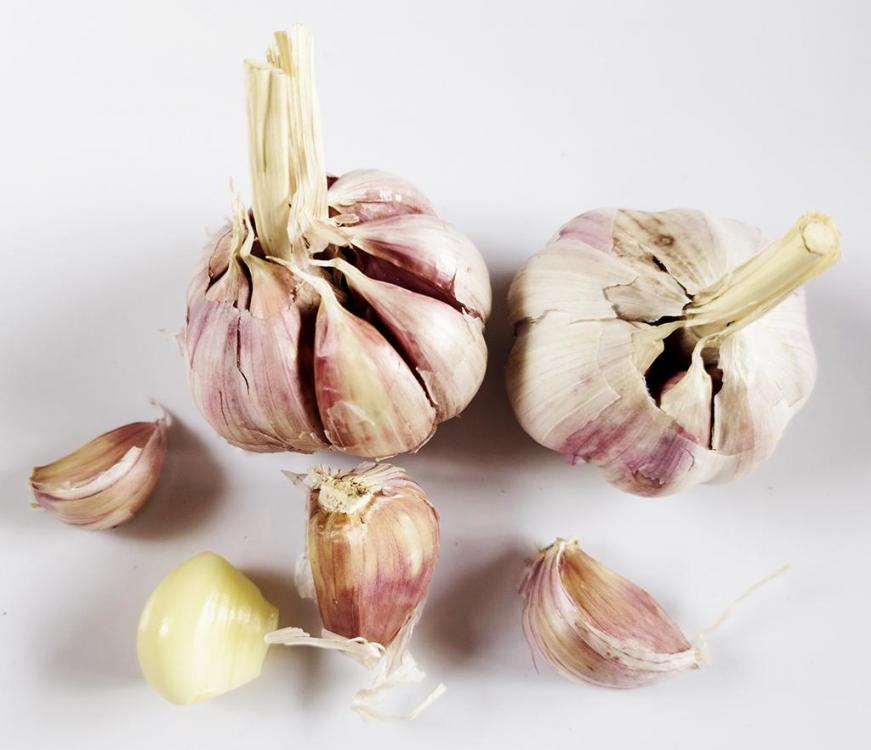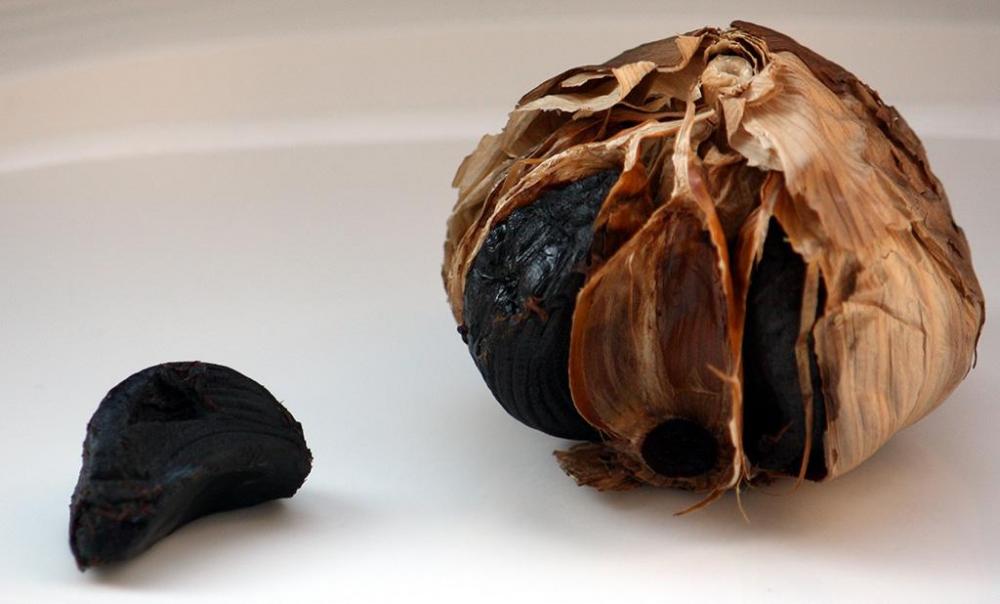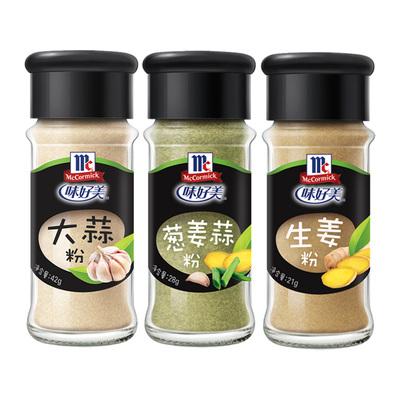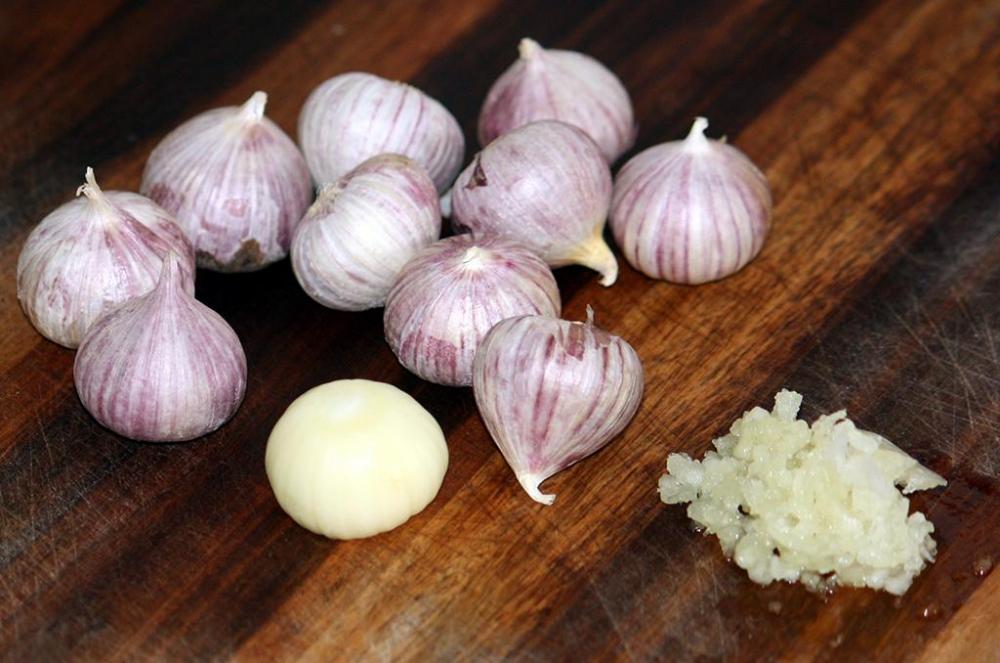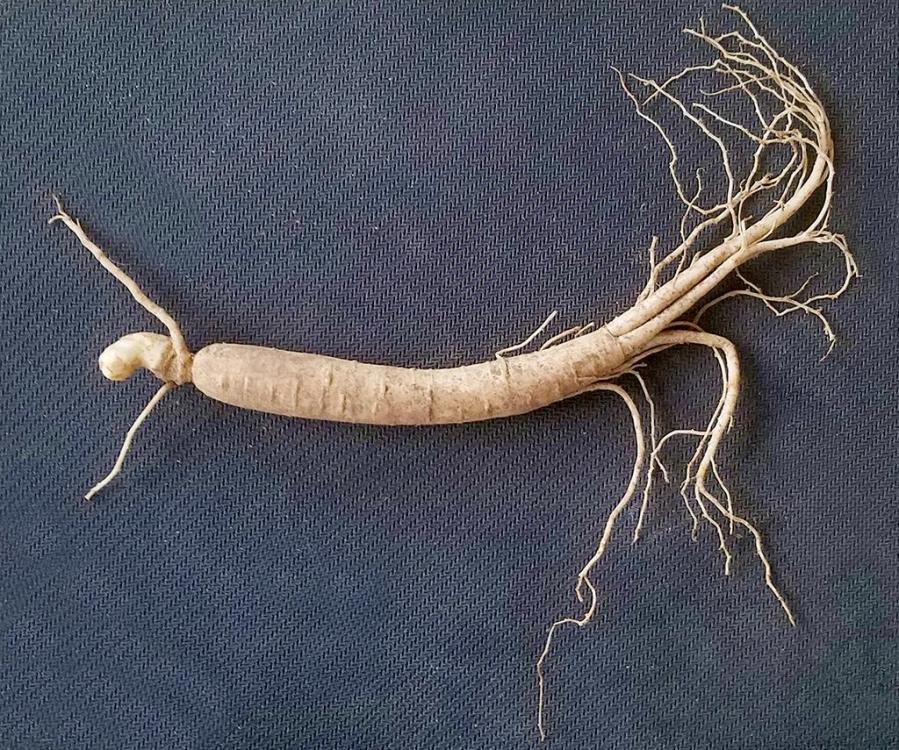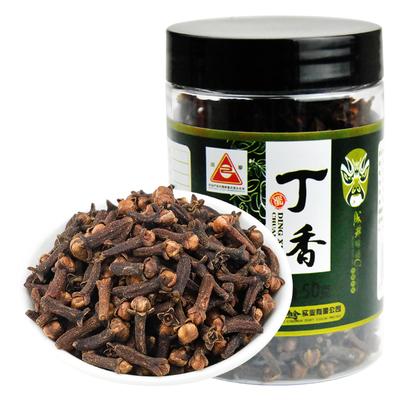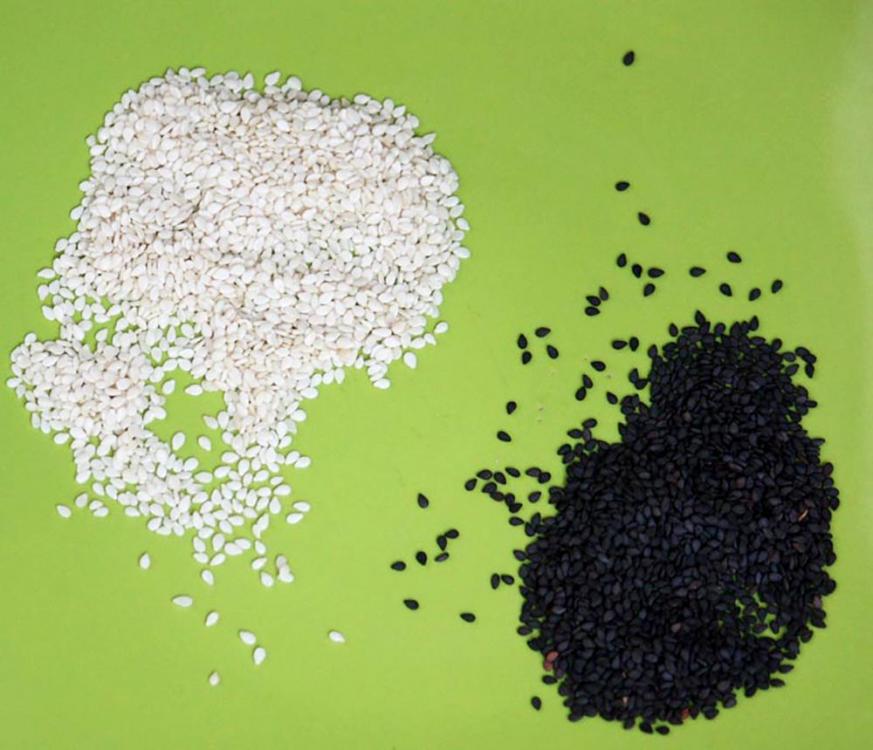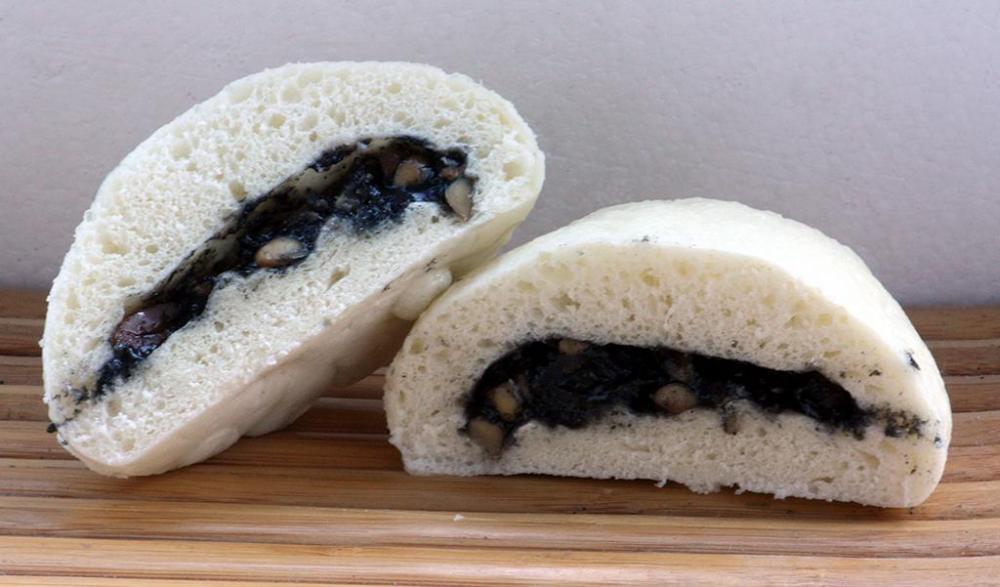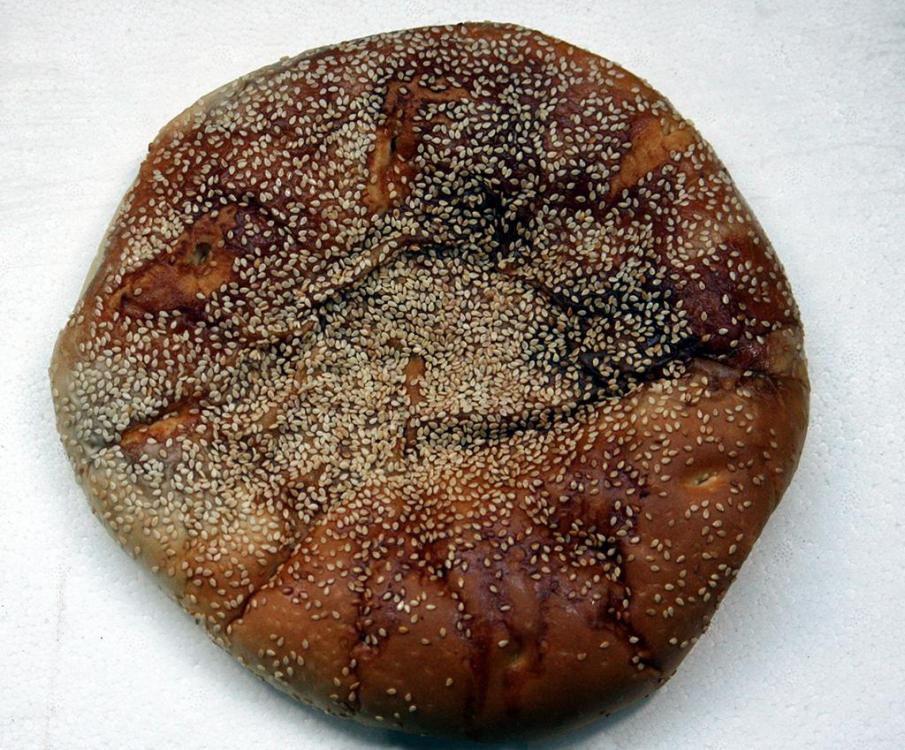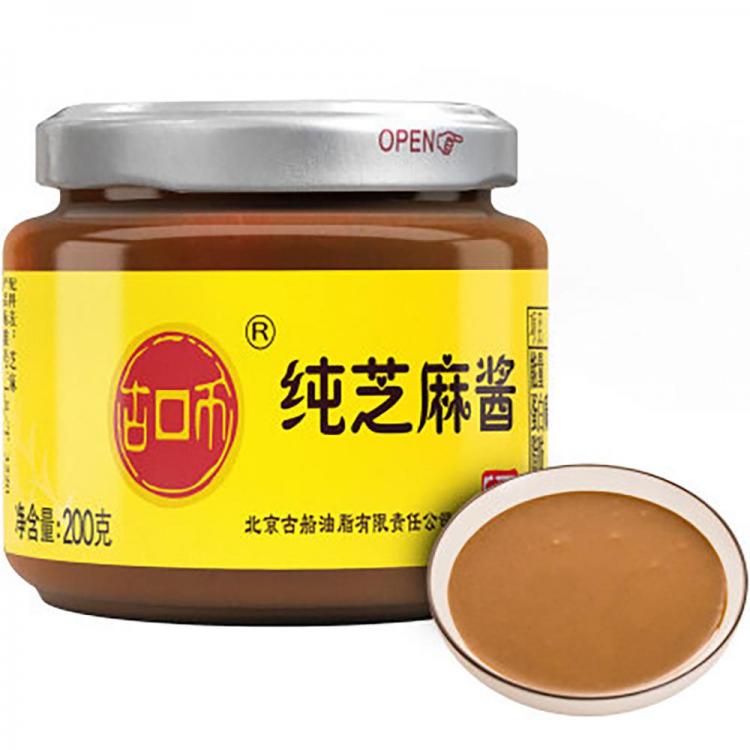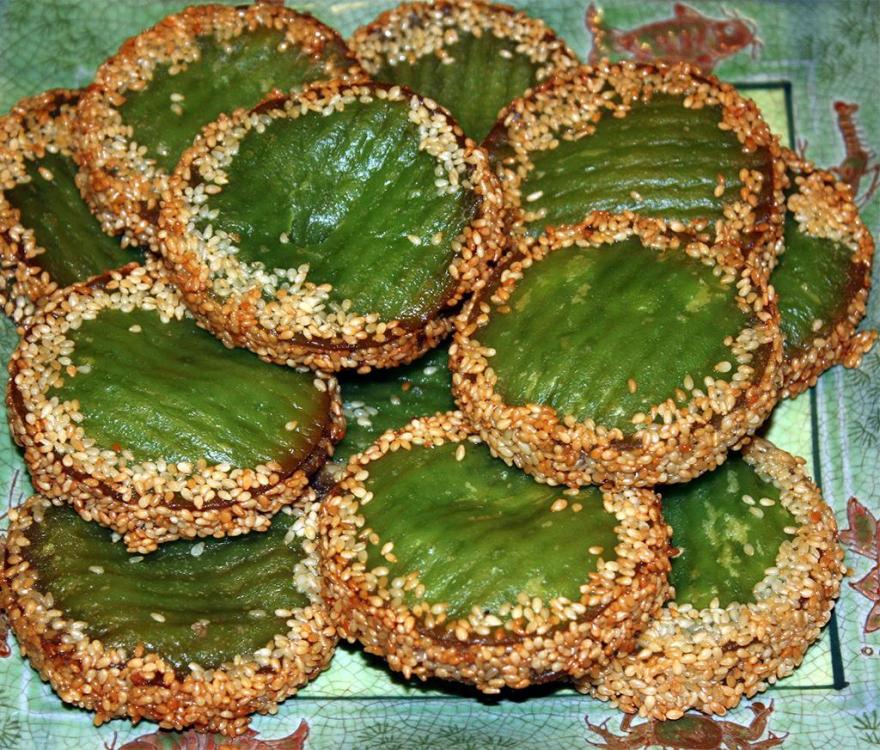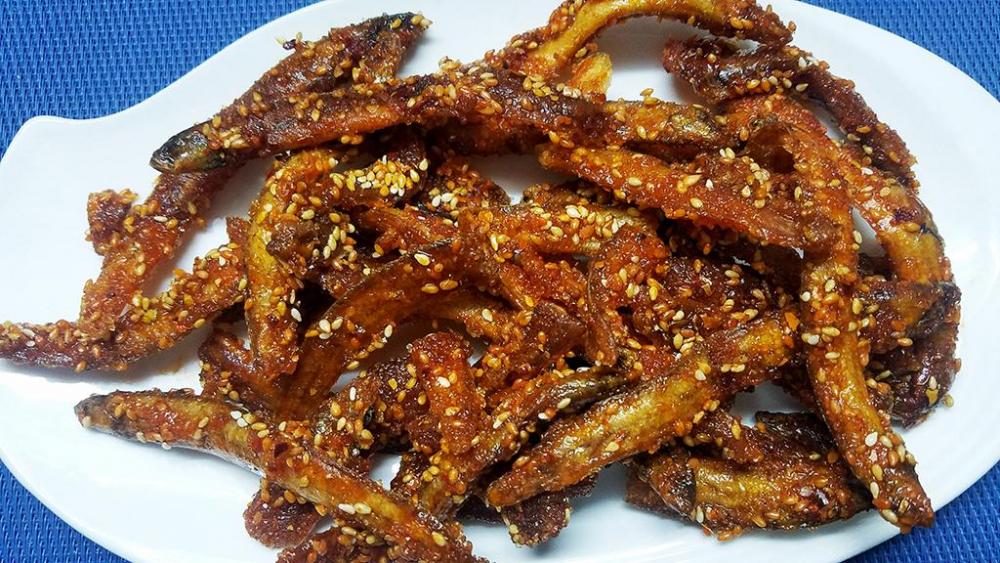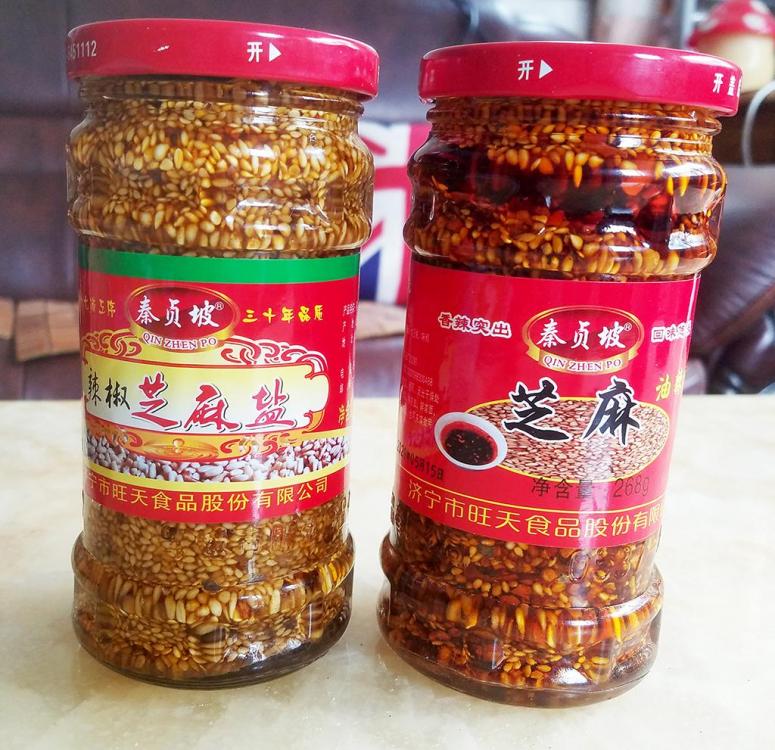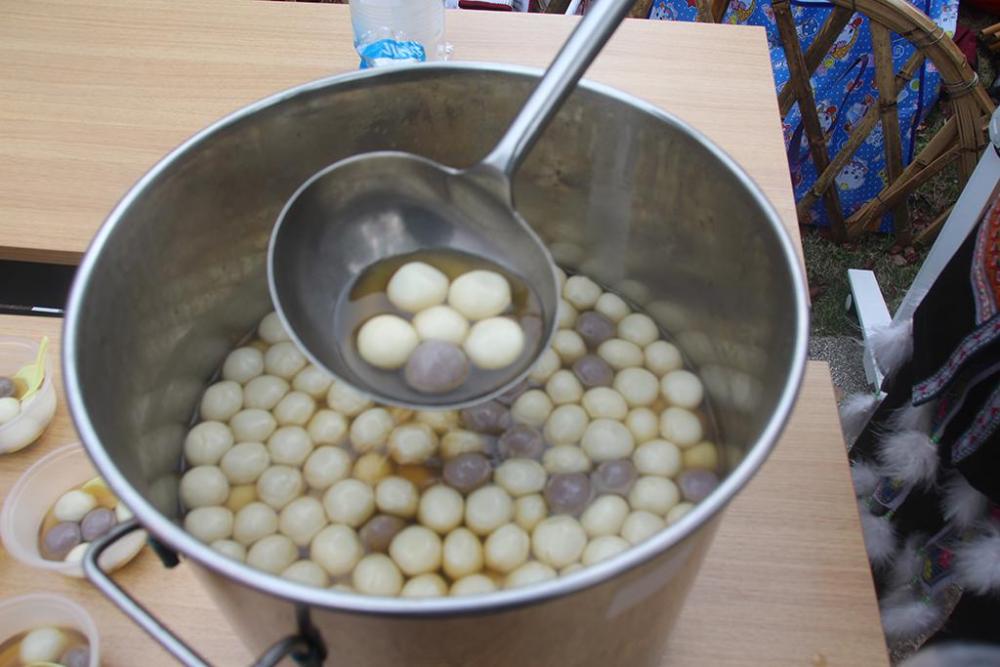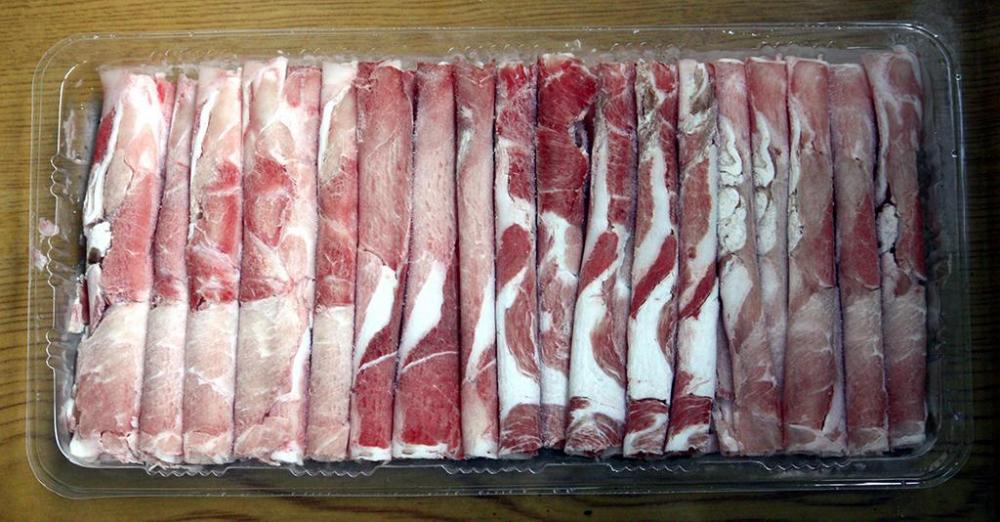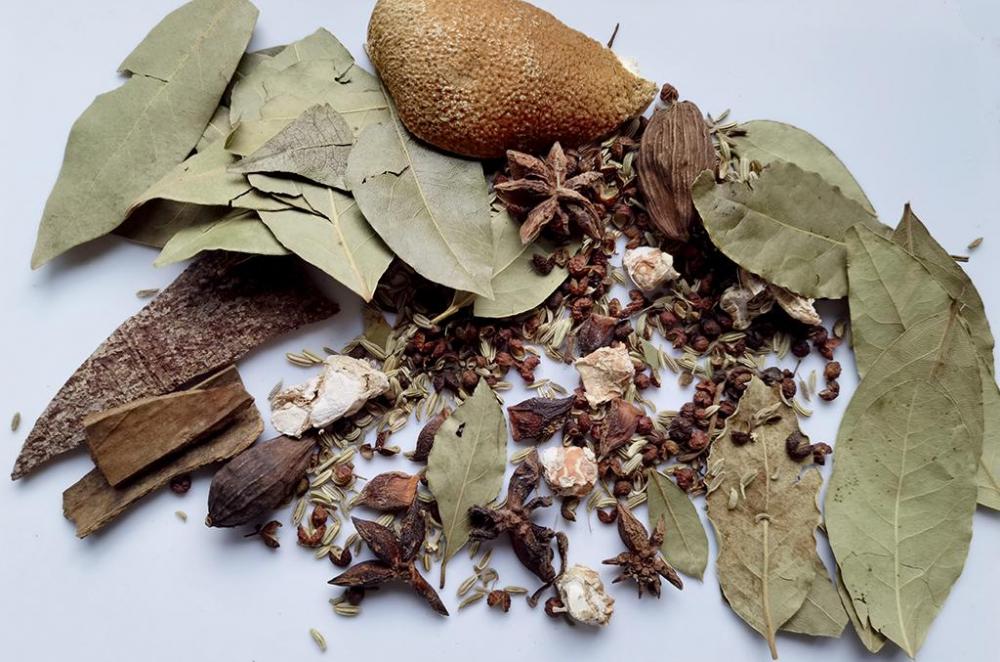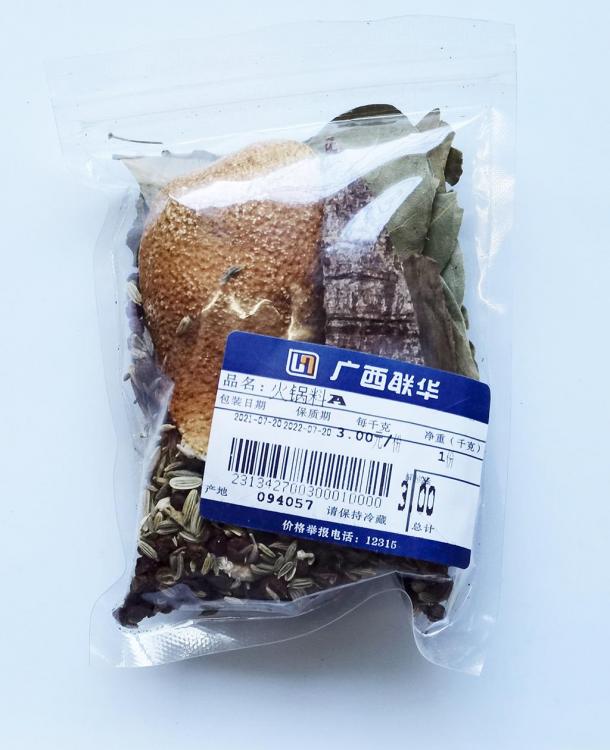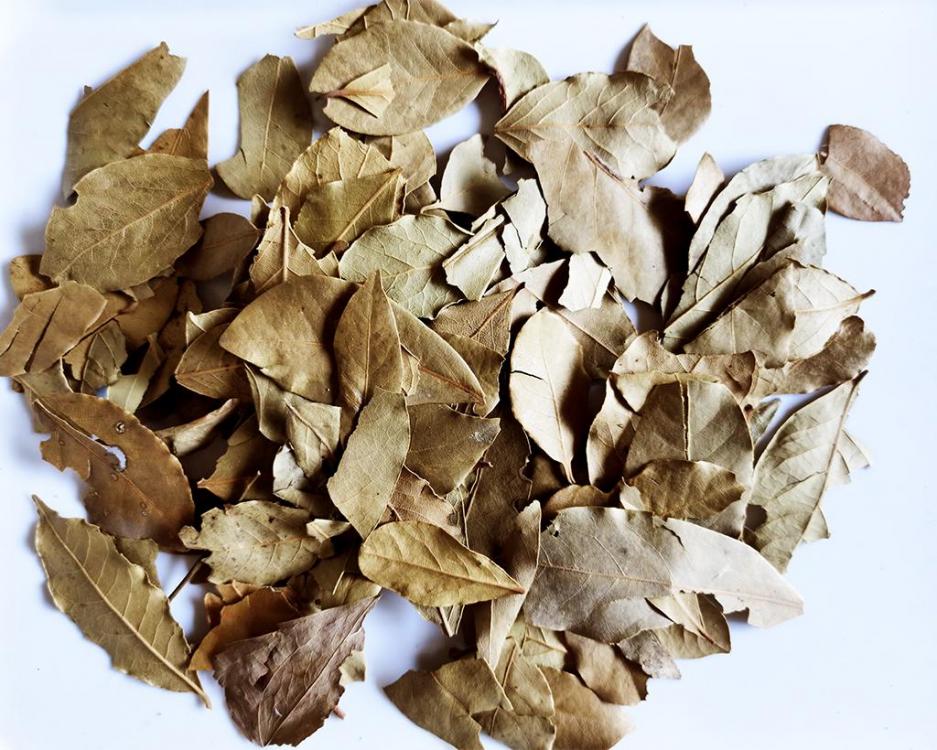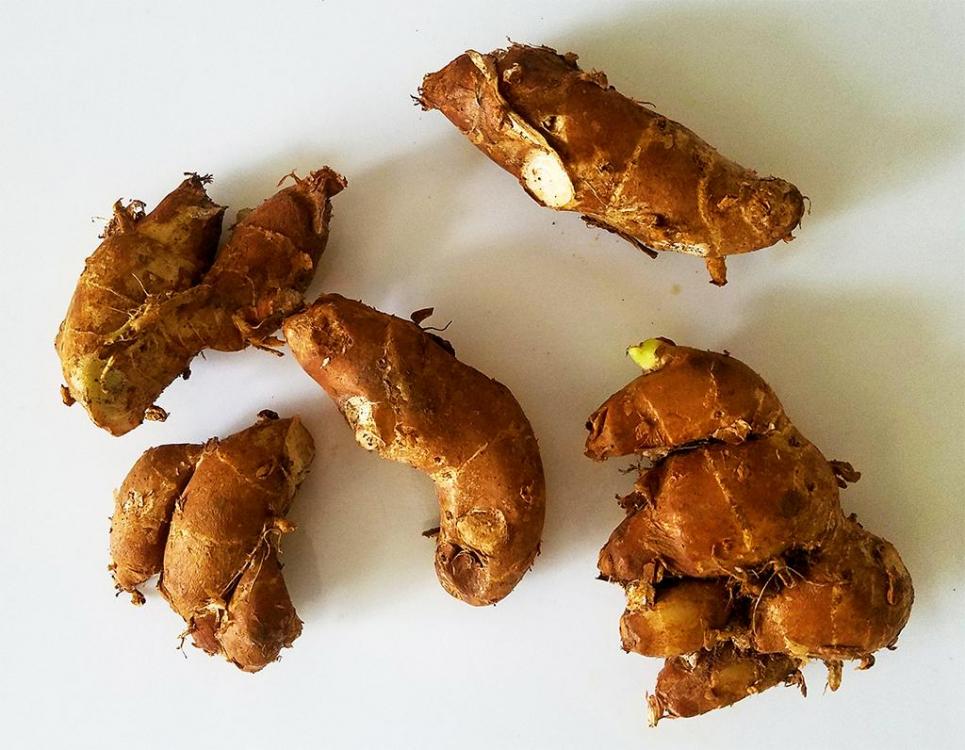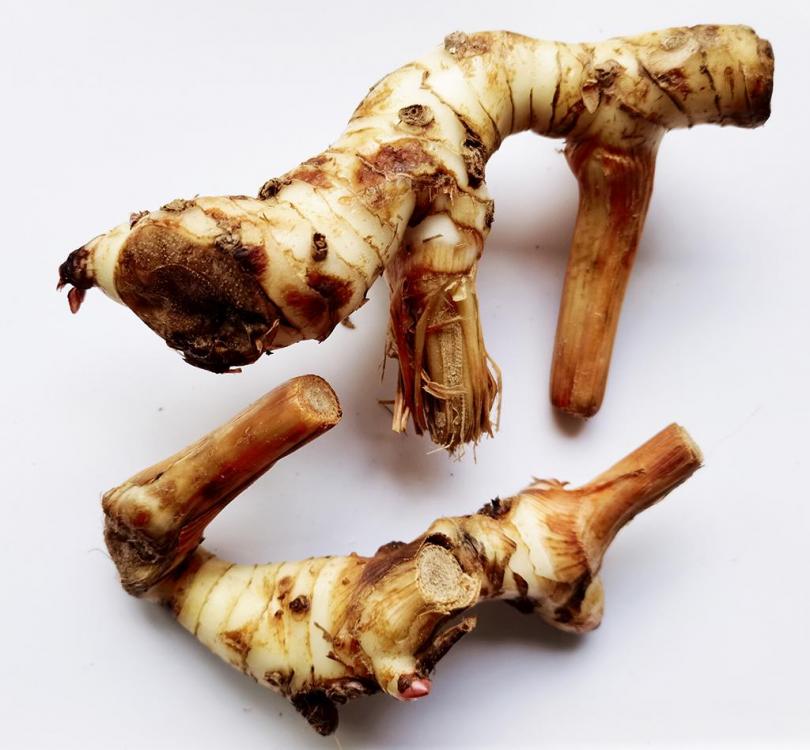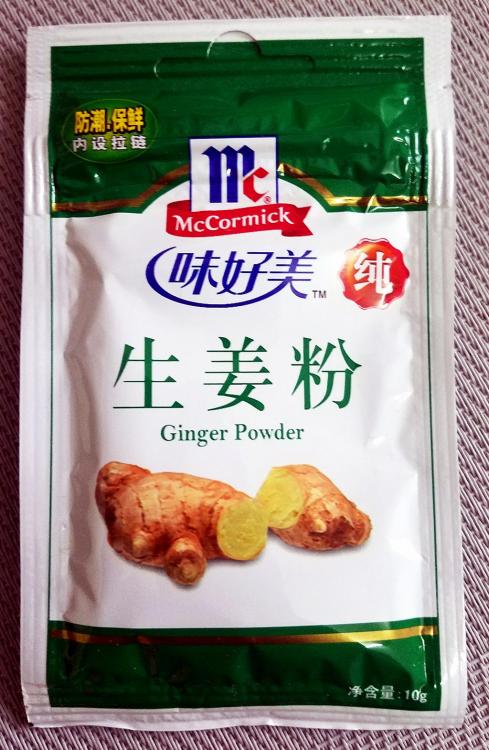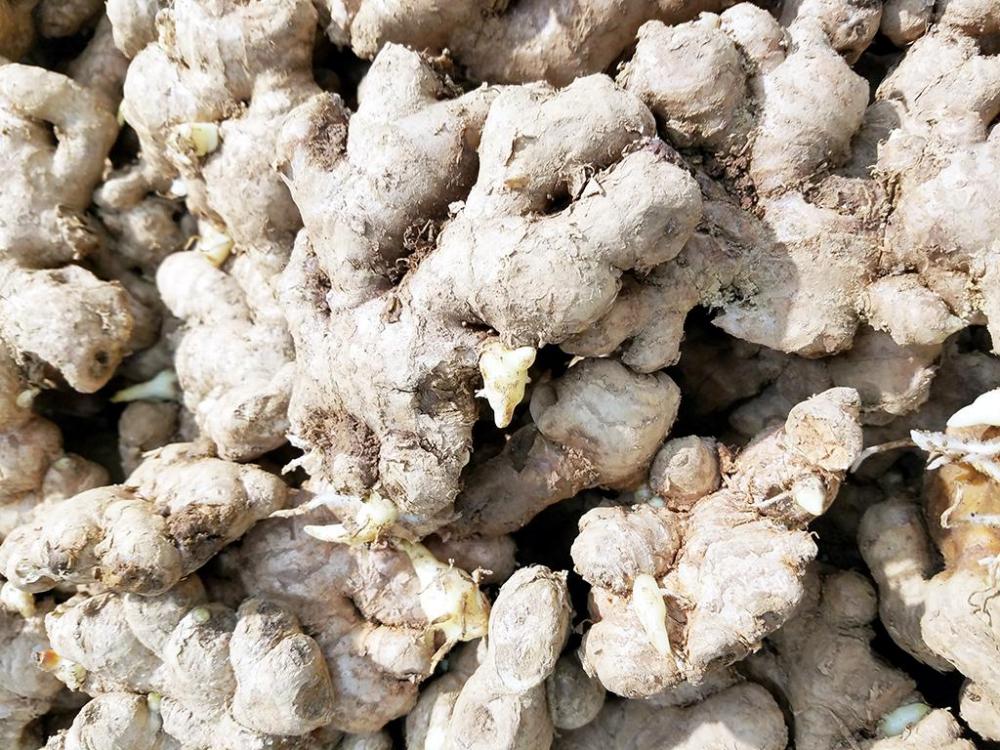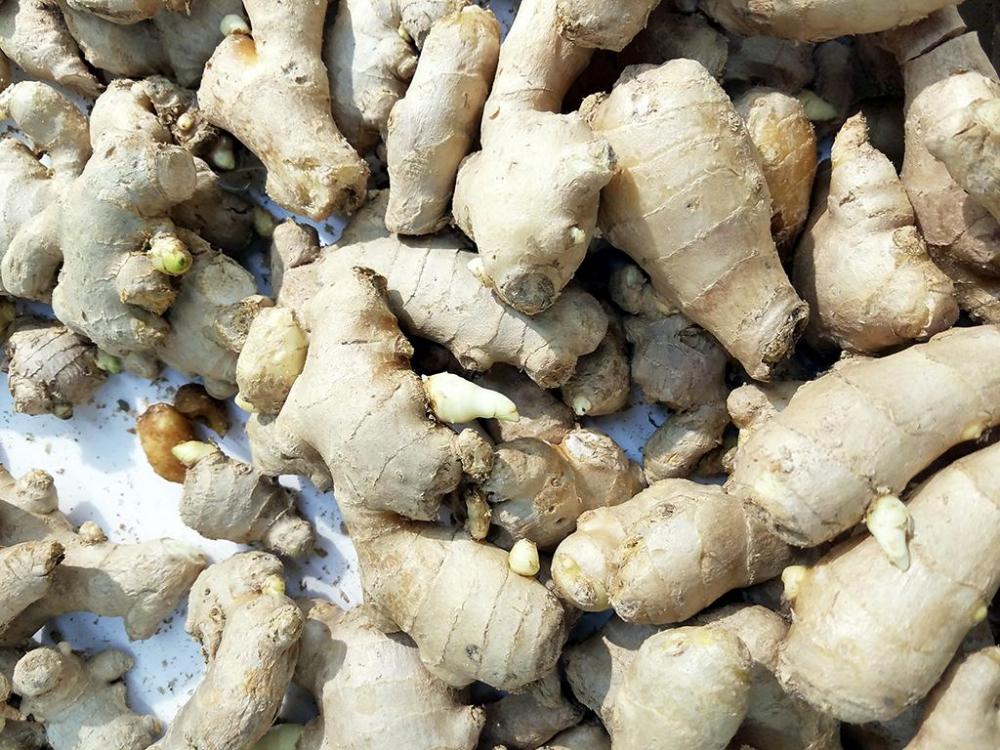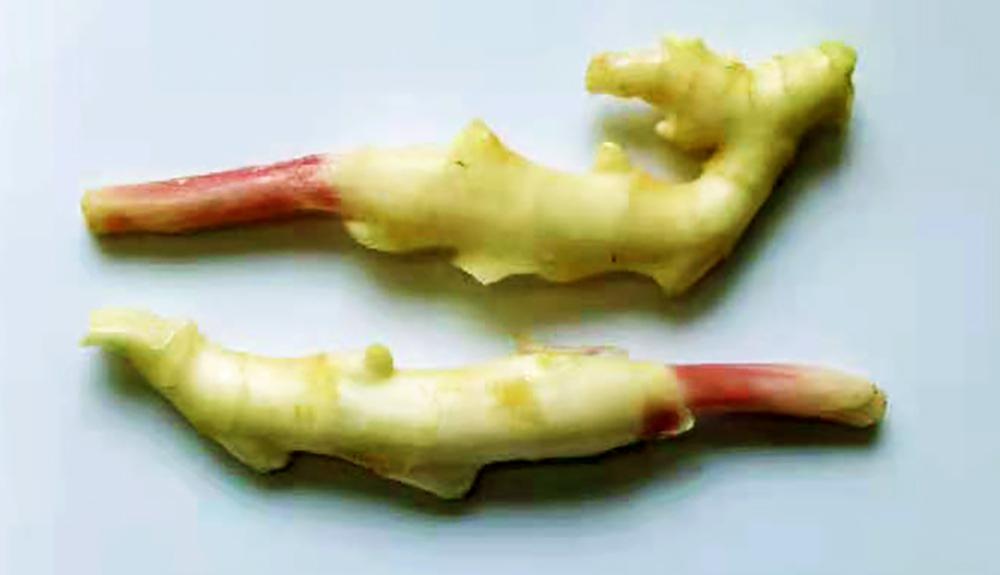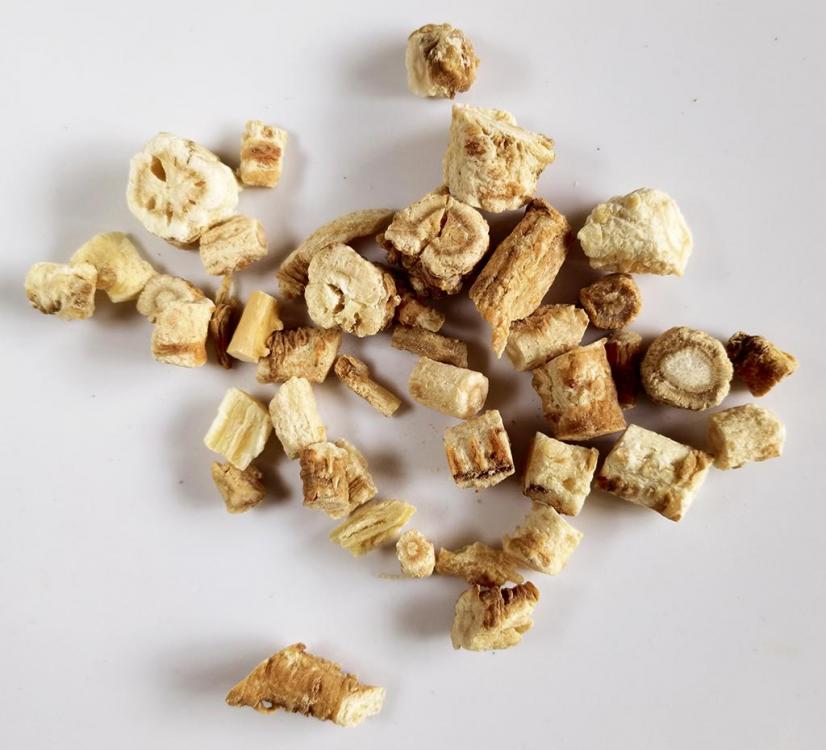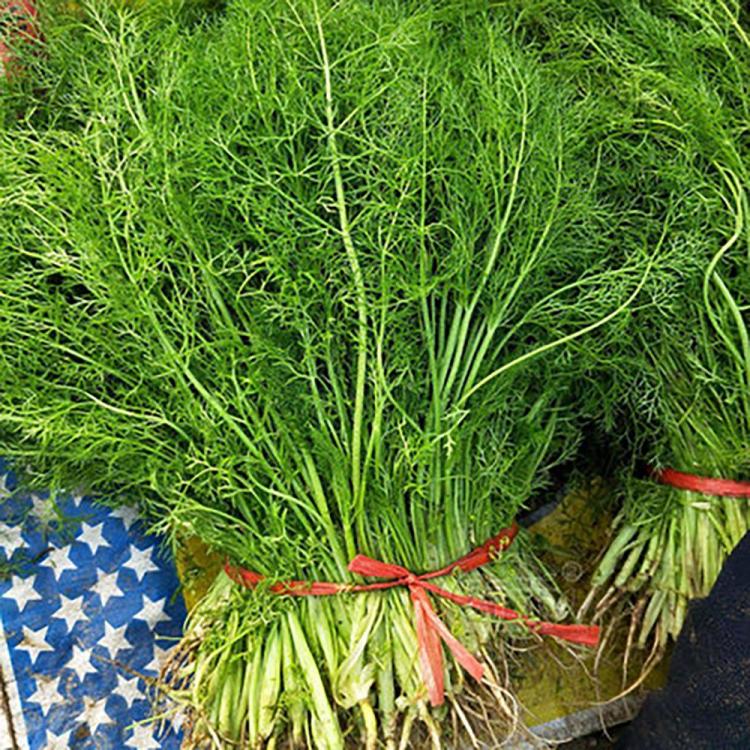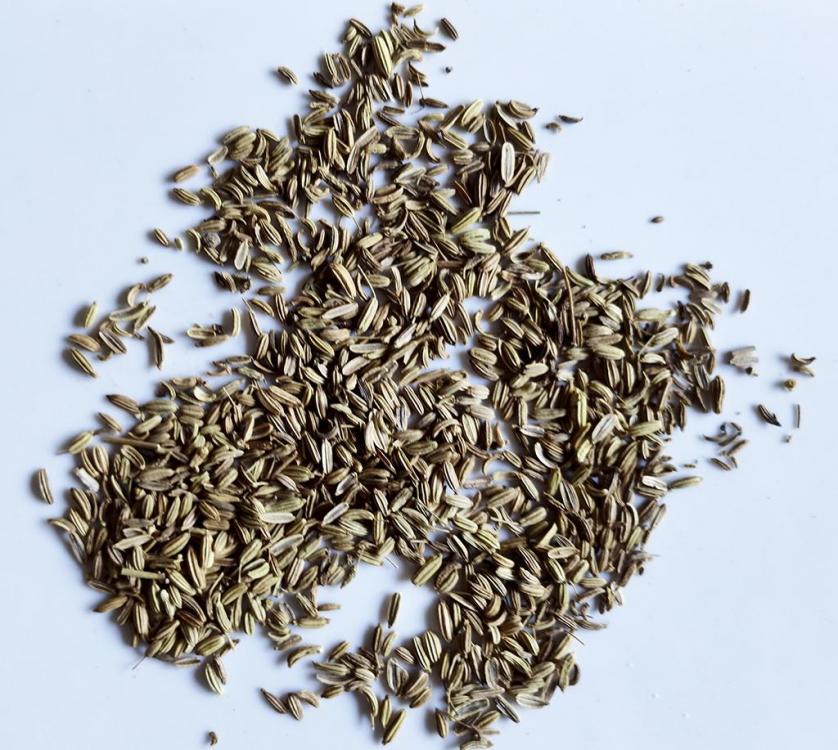-
Posts
16,657 -
Joined
-
Last visited
Content Type
Profiles
Forums
Store
Help Articles
Everything posted by liuzhou
-
I was looking for out it. That omission is its main flaw!
-
17. 大蒜 (dà suàn) – Garlic – Allium sativum This is the second of the Chinese culinary holy trinity to be covered here. I already did ginger. Garlic has been used in China for thousands of years and appears in almost every savoury dish from soups to stir-fries. Today, China produces 76% of the world's garlic according to the Food and Agriculture Organization of the United Nations, Statistics Division (FAOSTAT). I almost decided not to cover it, as I thought there wasn’t really much to say; everyone knows garlic. But thinking a bit more, I found there is more to be said than I first thought. First up, there is more than one type in China. What we consider to be regular garlic in the west is available everywhere and is the most used. But there is this other type which is my go-to. 独蒜 (dú suàn) is single-headed garlic. This cultivar does not split into separate cloves, but usually remains in one segment. (I have occasionally met twins.) They save on a lot of chopping and mincing. But best of all is that the skin falls off easily, if you so much as give it a dirty look. One bulb is equal to about two cloves of the regular stuff. Single-headed garlic 独蒜 (dú suàn) is often associated with Sichuan, but actually originated in Yunnan.It is not so common in northern China. Many of my Chinese friends have ‘corrected’ me when I mention it, thinking I have mispronounced dà suàn as dú suàn. I then have to correct them! Fuchsia Dunlop mentioned somewhere that she had found single-headed garlic in London’s Chinatown, so it may be available in Chinese or Asian stores elsewhere. If you find it, please let me know. Black garlic I can also find black garlic relatively easily. Both regular and single-headed varieties. I have never seen a Chinese recipe for it and none of my friends know it, so I don’t know how it is used here. Note: Garlic powder is not really available here. The Maryland-based McCormick spice company, which is very active in China, does do a version, but I’ve never seen it here. That said, garlic powder is rare most places outside North America. It may be used industrially here, as the only way I can buy it, not that I want to, is on-line in 1 kg sacks. Left to Right: Garlic powder; Garlic and Ginger powder; Ginger powder There is a lovely Chinese idiom, 鸡毛蒜皮 (jī máo suàn pí), literally meaning ‘chicken feather, garlic skin’ but really meaning ‘a trivial matter’. It can also mean 'kitchen waste'.
-
16. 人参 (rén shēn) – Ginseng – Panax ginseng The 人 in the Chinese name means “human being” and gives its name to the roots of the plant as they are said to resemble a human with arms and legs. Not sure I see it myself. The plant grew in northern China, but is now almost extinct in the wild. What little wild Panax ginseng remains is a protected species. There is a wild version in southern China, Panax notoginseng, in Chinese 田七 (tián qī) or 三七 (sān qī ) but this is consider inferior by many. So, all commercially available panax ginseng today is cultivated. Its main use is in TCM, where it is believed, without evidence, to be a cure-all. Panax is from the Greek πανακής, meaning ‘cure-all’. The roots have a sweet and slightly bitter flavour, although it is quite mild. It really is more valued for its supposed medicinal qualities. It is also used in soups, especially 人参鸡汤 (rén shēn jī tāng). There are many recipes for this and many variations. https://en.wikipedia.org/wiki/Ginseng_chicken_soup It is considered a comfort food, as chicken soup is in many cultures. It is commonly given to pregnant women in the first trimester. American ginseng, Panax quinquefolius is imported and valued, but is more expensive here.
-
15. 丁香 (dīng xiāng ) – Cloves – Syzygium aromaticum When I first heard the Chinese name for cloves I was delighted; dīng means ‘nail’ as in ‘hammer and nail’. Just what they look like. Unfortunately, I then learned the appropriate character and discovered I had jumped, as usual, to the wrong conclusion. The nail dīng is 钉 and not 丁. You can see the latter embedded in the former, but here it is just a phonetic element. Chinese homophones will be the end of me! The English name ‘clove’ is derived from the French for nail, ‘clou’. But on with the show. Cloves are the dried, unopened flowers of a tree native to Indonesia, but now domesticated worldwide. It can reasonably be argued that the entire history of European expansion and colonialism which shaped the modern world in so many ways was based on cloves (and nutmeg). For a fascinating read on that history see Nathaniel's Nutmeg: or, The True and Incredible Adventures of the Spice Trader Who Changed the Course of History (eG-friendly Amazon.com link) by Giles Milton. It is said that in the 3rd century BCE, Chinese Han Dynasty emperors required that all visitors chew cloves to sweeten their breath. Its main culinary use in China is as yet another essential ingredient in five-spice powder, but is also found in many of the sort of hot pot spice mixes I described above. It is also widely used in Traditional Chinese Medicine (TCM). Everyone knows the toothache trick of biting a clove to dull the pain. Again, cloves are available both whole or pre-ground for the ignorant and lazy! The whole cloves keep their taste for months; the pre-ground was already stale before it left the factory.
-
Got any squeaking hinges? But seriously, there is nothing wrong with the Greek one. It just isn't for Chinese cuisine. The Chinese one is more difficult. I would bin it, but I know that doesn't answer your question. Massage oil?
-
By miles.
-
Yes. Of the three you have, that would be my choice, for sure.
-
The Greek oil is pressed from untoasted sesame seeds, hence the lighter colour. It is intended for frying. It is not a suitable choice for Chinese food. Chinese oil is made from heavily toasted seeds, hence its darker colour. The taste is very different. The label on the one of from China says 小磨芝麻油 我,which means it is "Fine milled sesame oil', but, if it includes soybean oil, it is a very inferior type. I would avoid if you have a choice. Which you appear to do! The Chinese on the label of the Roland variety reads 纯芝麻油, the same as the English, "pure sesame oil" which is just what you want. It would be my choice from the three. OK, it isn't exactly single estate bottled, but it does appear to be the real deal and is in an appropriate size of bottle. I do notice, however, that it has the contents listed, but not visible in your photo. Could you let me know what it says, please, then I can make my final judsgement.
-

Cerveza, Cargols i Covid - a summer in Catalonia
liuzhou replied to a topic in Spain & Portugal: Dining
My sort of breakfast! Or a G&T. -
14. 芝麻 (zhī ma) – Sesame Seed – Sesamum indicum 芝麻 (zhī ma), sesame is a flowering plant native to India but now naturalized across tropical regions worldwide, having been domesticated around 3500 BCE. It has one of the highest concentrations of oil among the food seeds. China imports much of its sesame, falling behind only Japan as a the world’s main importer. Most of those imports are for processing into sesame oil, 芝麻油 (zhī ma yóu) or 香油 (xiāng yóu, literally ‘fragrant oil’). The largest exporters are India, Ethiopia and Myanmar. The oil is made in the normal way by grinding toasted seeds to extract their oil, like peanut buitter. The remaining material is used for animal feed. Always check the contents list of sesame oil. It should be very short. Sesame oil. Some brands mix it with cheaper substitute oils – don’t encourage them! Sesame Oil Sesame oil is NEVER used for cooking in China. Nor is it added to marinades before cooking. The smoke point is far too low and heat rapidly destroys both the taste and flavour for which the oil is valued. It is only ever used as a finishing oil or condiment, added to dishes off the heat and seconds before serving. Sesame seeds come in two types. White (白芝麻 - bái zhī ma) and black (黑芝麻 - hēi zhī ma). White sesame is often sprinkled on meat or fish dishes to be served cold, as well as used in some breads, cakes and cookies. Black seeds are nearly all made into sesame paste which is used in cakes and buns. The more usual white seeds turn up in more situations. That said, sesame seeds are not used nearly so much as they do in western interpretations of Chinese cuisine. I cringe every time I read online recipes or see some clueless YouTube video presenter telling me to sprinkle them on anything vaguely Chinese as “it is traditional”. No It. Isn’t. Sesame seeds scattered over your fried rice doesn’t make it Chinese any more than adding soy sauce to your cornflakes does! “Sesame chicken”, which appears multiple times on a Google search for Chinese recipes using sesame is almost unknown here. According to theSpruceeats.com 80% nonsense. Chinese cuisine has very few salads and none of those I’ve ever eaten have had sesame seeds on them. I’d love to know what sauces sesame paste is added to. It is a sauce, albeit a thick one. Their main use is for oil, “used to flavor everything from dips to marinades and finish off a stir-fry”. Yes. Nearly. Not the marinade part. Both colours of sesame seeds are often sprinkled on meat or fish dishes to be served cold, as well as some breads, cakes and cookies. Mainly for cosmetic reasons. Cold Spicy Whitebait with White Sesame Seeds Pure sesame paste 纯芝麻酱 / 純芝麻醬 (chún zhī ma jiàng) is made from heavily roasted sesame seeds. It too, comes in ‘white’ and black versions. The white is actually a light brown colour. See image below. Black sesame paste is used is in sweet items such as 汤圆 / 湯圓 (tāng yuán), stuffed glutinous rice balls; and some sweet dim sum items. Note: Tahini and Chinese sesame paste are very different in taste and cannot be successfully substituted for each other. Tahini is made from raw seeds which, if toasted at all, are only very lightly toasted. Different flavour altogether Black Sesame Paste and Peanut Buns Here are two diffent types of sesame paste - a more unusual type, but my favourite. Uncrushed white seeds are mixed with soybean oil, salt, MSG and Sichuan peppercorn powder (left). The one on the right replaces the Sichuan pepper with chilli. It is made in Shandong province, but doesn't strike me as being typical of Shandong cuisine. Sesame seeds should be bought in small quantities and stored in the fridge. They can turn rancid quite quickly otherwise. Also, paste should be refrigerated after opening. I keep the oil in the fridge, too. Maybe unnecessary, but it is tropical here. I also buy the oil in the smallest bottles available (usually 100 ml / 3.38 oz). A few of the sweet items follow. There are many more. Sesame Lotus Cake (芝麻莲蓉包 / 芝麻蓮蓉包 - zhī ma lián róng bāo). Sticky and very sweet. Not my thing! Sesame and green tea (matcha) cakes. These I do like. 汤圆 / 湯圓 (tāng yuán) - glutinous rice balls stuffed with black sesame paste, usually served in a sweet soup. Again not my thing.
-

Cerveza, Cargols i Covid - a summer in Catalonia
liuzhou replied to a topic in Spain & Portugal: Dining
That menu brought tears to my eyes and left me drooling! I want everything. Now! And so cheap! I've copied your picture to my computer just in case I ever get any masochistic urges in the future! -
Fried sausages are the best; In your stomach they do rest. Boiled sausages are the worst; In your stomach they do burst. Anon
-
Yes. Most supermarkets here have the same sliced meat for hot pots, but mostly lamb. But they do also have beef. This will be cooked in the broth made from the spice bags.
-
I'd be surprised if the Chinese community aren't making hot pots, especially in winter.
-
Yes. Same here in China. That is why I can only usually find it in bakery supply shops.
-
13. 火锅料 (huǒ guō liào) – Hot Pot Material or Stuff If you are not a regular cook or spice user, there is no need to fret. You can still throw together a quick hot pot broth. Most supermarket sell something like this bag of hot pot ingredients, enough for just one or maybe two meals. 3 元 CNY is $0.46 USD, $0.59 CND, ₤0.34 GBP or €0.39 EUR, so not exactly bank-busting. Are these available in Chinese / Asian markets overseas? This one from my local supermarket contains bay leaf, orange peel, star anise, fennel seeds, sand ginger, cassia bark, Sichuan peppercorns and black cardamom. All you need.
-
12. 香叶 (xiāng yè) or 月桂叶 (yuè guì) – Bay leaf – Laurus Nobilis Not a lot to say about bay leaves that you don’t already know. They do grow here in Guangxi but I’ve only ever seen them on sale dried. Pretty much essential in hot pots throughout China. Also in most braised dishes.
-

Old Godmother - The story of the Lao Gan Ma Lady
liuzhou replied to a topic in Food Traditions & Culture
Yes, sales have recovered. The return to the original recipe started the recovery process, then Covid and its lockdowns etc helped as people stocked up. The Henan chillies are not necessarily better; just different. This (badly translated but understandable) article from 2020 explains in more detail. -
I think it may have been this but unforunately the link is no longer valid. The web address is up for sale.
-
Marathon, which gave it's name to the race, in Ancient Greek meant "the field of fennel". In Modern Greek fennel is μάραθο, pronounced 'maratho'.
-
11. 姜 (jiāng) – Ginger – Zingiber officinale Ginger 姜 (jiāng) – Ginger is, of course, one of the Chinese holy trinity of seasonings alongside garlic and scallions, although here in the south, the third is more often chilli. But, this most common, important spice is complicated. Fresh ginger (生姜 - shēng jiāng), pictured above, comes in three main forms and each has its own uses. All are the rhizome of the plant. Apart from the regular ginger we all know and which is just called 姜 (jiāng), there is also 嫩姜 (nèn jiāng). This is often pickled and is the same as the pickled ginger often served in Japanese restaurants as a palate cleanser between sushi or sashimi items. It is also eaten raw, by some. Young ginger 老姜 (lǎo jiāng) is old ginger. It is spicier than regular ginger, leading to the Chinese idiom 姜还是老的 (jiāng hái shì lǎo de là), literally ‘old ginger is hotter than young ginger’ meaning ‘experience counts’. 老姜 (lǎo jiāng) is often used in hotpots ans braised dishes for it's stronger taste. Old ginger Sliced ginger is also dried and sold as a spice for hot pots. It is known as 干姜 (gān jiāng). Contrary to what some websites say, ground ginger powder (生姜粉 - shēng jiāng fěn) is not used in Chinese cooking nor is it a good substitute for fresh. The only places I can buy it are specialist bakery supply stores and larger supermarkets. Then we come to 沙姜 (shā jiāng) or 'sand ginger', also known as 山奈 (shān nài), although the latter more correctly refers to the whole plant rather than the rhizome. This is actually Kaempferia galanga or lesser galangal, a close relation to true ginger and more often associated with Thai cuisine, although it is used throughout SE Asia and India, as well as southern China. It comes both fresh and dried. It has a peppery camphorous taste.It comes both fresh and dried, although the latter is more common. It is mainly used in hot pot spice mixes. Fresh sand ginger Dried sand ginger True galangal, 高良姜 (gāo liáng jiāng), Alpinia galanga, is available, if I go hunting, but is not well-known. Galangal
-
10. 小茴香 (xiǎo huí xiāng) – Fennel – Foeniculum vulgare Fennel Seeds Fennel is a flowering plant related to carrots and native to the Mediterranean region, but now grown worldwide. It has a fine anise flavour. The seeds, leaves and bulb are all eaten. Here, in China the seeds are ubiquitous and are a main ingredient in five-spice powder. Just as often, though, they are used on their own, featuring in many dishes. Again soups, braises and hot pots are likely to feature fennel seeds. Less often, stir-fries. The leaves and bulbs are used in northern China, especially Shandong Province, but I’ve never seen them here in the south. I can buy them online, though. Fennel Leaf Do you know the connection between fennel and marathon racing?
-

Old Godmother - The story of the Lao Gan Ma Lady
liuzhou replied to a topic in Food Traditions & Culture
The story, as given, is incomplete. In 2011, Tao retired and her son took over the company. At some point around 2016, he decided to cut costs by using cheaper chilli from Henan Province, rather than the original Guizhou chillis. Sales started to fall and in 2019, Tao Huabi came out of retiremement and retook the reins, restoring the original recipe. She remains in control.



